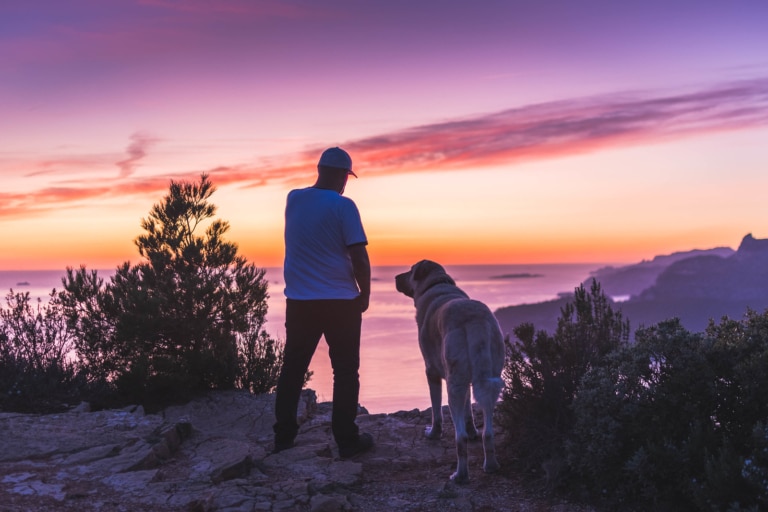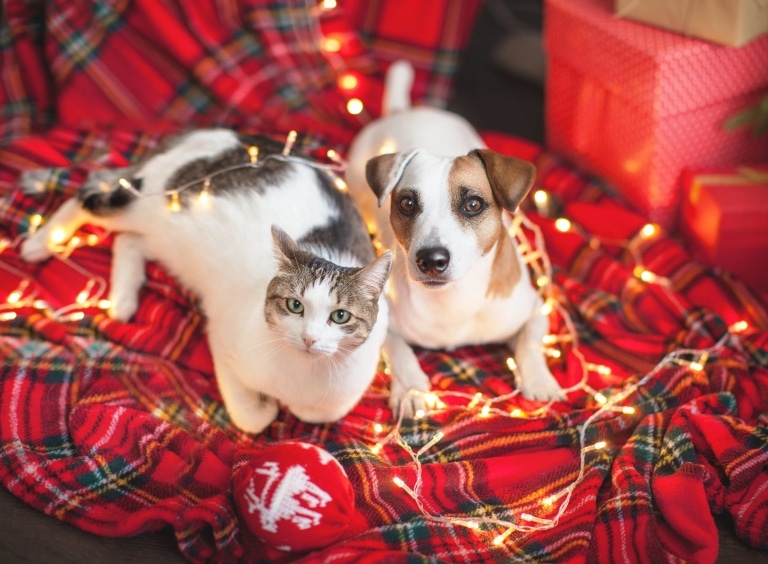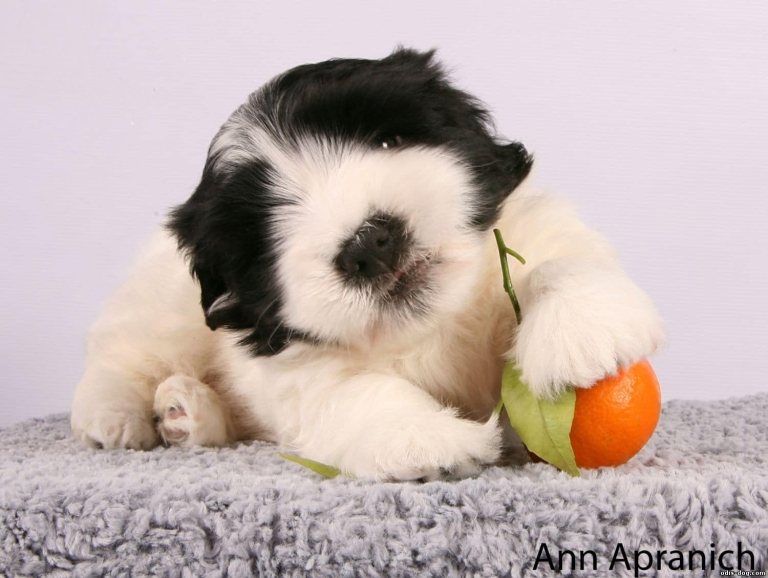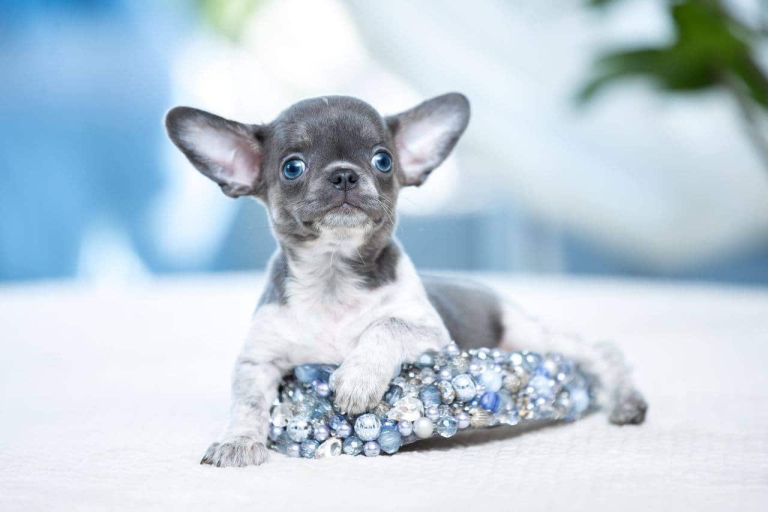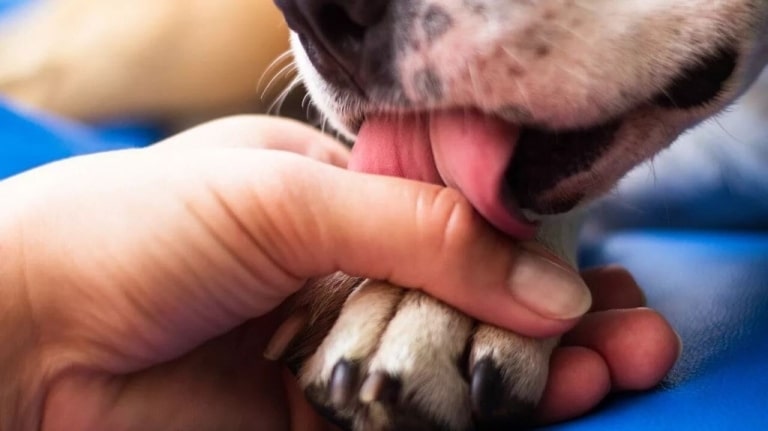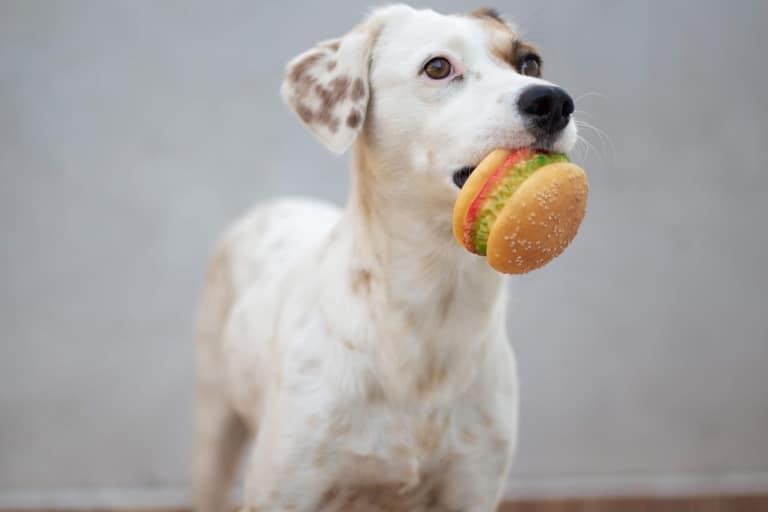When someone sees a Kangal for the first time, they will immediately notice a large, calm and confident dog with a piercing gaze. For centuries, this descendant of ancient herding dogs from the mountainous regions of Turkey was a faithful defender of the herd, boldly standing up for protection against predators and never retreating. Today, the Kangal dog breed finally got the opportunity to live not only in Turkey, but also in the whole world, so we want to draw your attention to it.
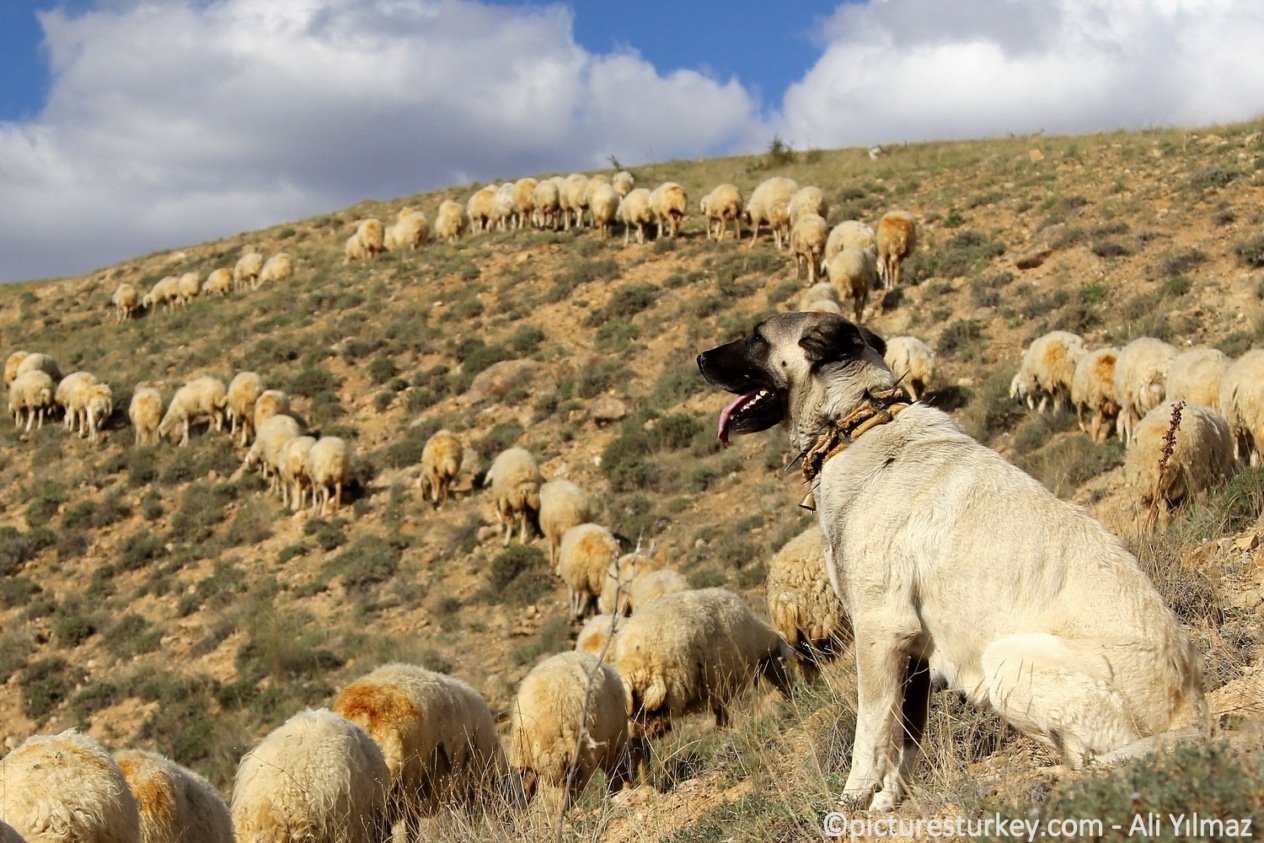
The history of the origin of the Kangals
The history of the Kangal is inextricably linked to the herding peoples of central Turkey, especially the Sivas region, where the breed was considered sacred and extremely valuable. Shepherds believed that the Kangal dog breed has a sixth sense that allows it to predict danger even before it appears, and this is not surprising, because life here has always been difficult, and people needed reliable protectors for their flocks.
Breeding and maintaining the purity of the breed has always been very strictly controlled in Turkey in order to preserve its best working qualities. Kangals were so valuable that they were not allowed to be taken out of the country.
They remained little known to the rest of the world for a long time, and only in the 20th century, when the first dogs appeared in Europe and the United States, did their golden age come. The endurance and guarding qualities of Kangals impressed a large number of dog breeders and farmers, so today these dogs can be seen in many countries for the protection of herds, farms and private territories.
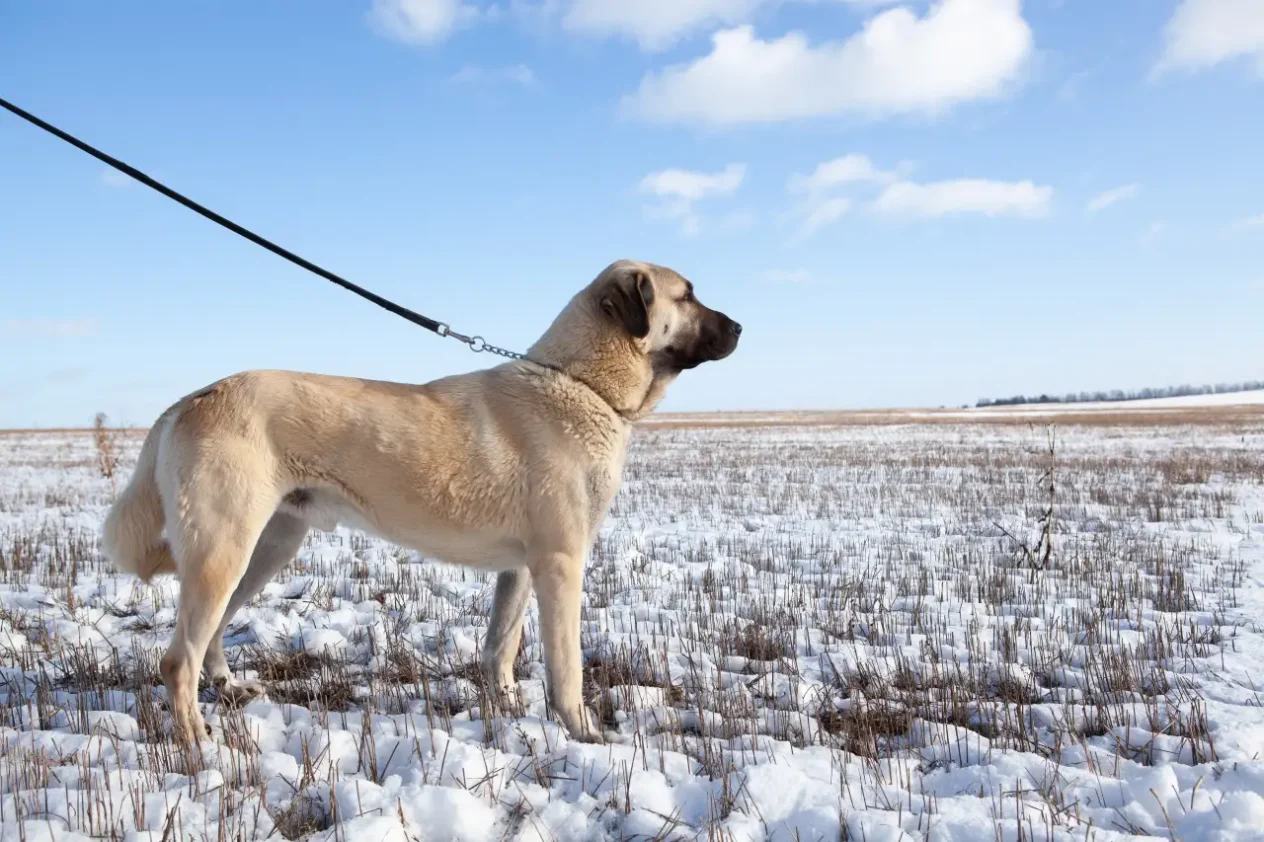

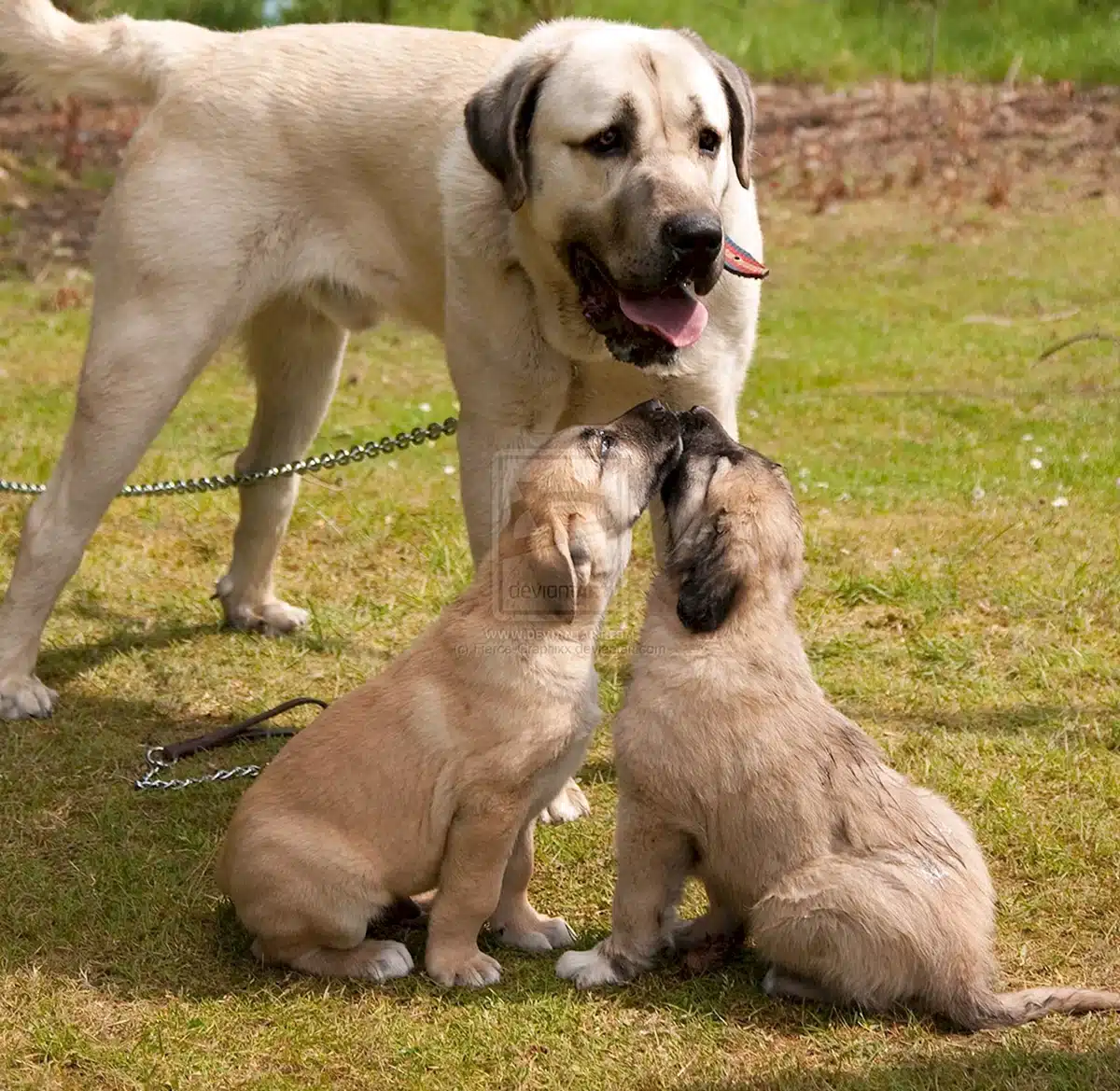
Appearance of Kangals
Kangals are large, massive dogs weighing 40-65 kg. At the withers, they can reach 70-86 cm.
The coat of the breed is short, dense and rough, designed to protect the animal from temperature changes and harsh weather conditions. Thus, in the hot summer, the Kangal dog is protected from overheating, and in the winter, its dense undercoat keeps it warm.
Classic colors (light fawn or gray-beige, sometimes with shades of light brown) help the dogs to blend in with their surroundings, especially against the background of the steppes and mountain landscapes of Turkey, where they work with shepherds. And the black mask on the face is the highlight of any Kangal.
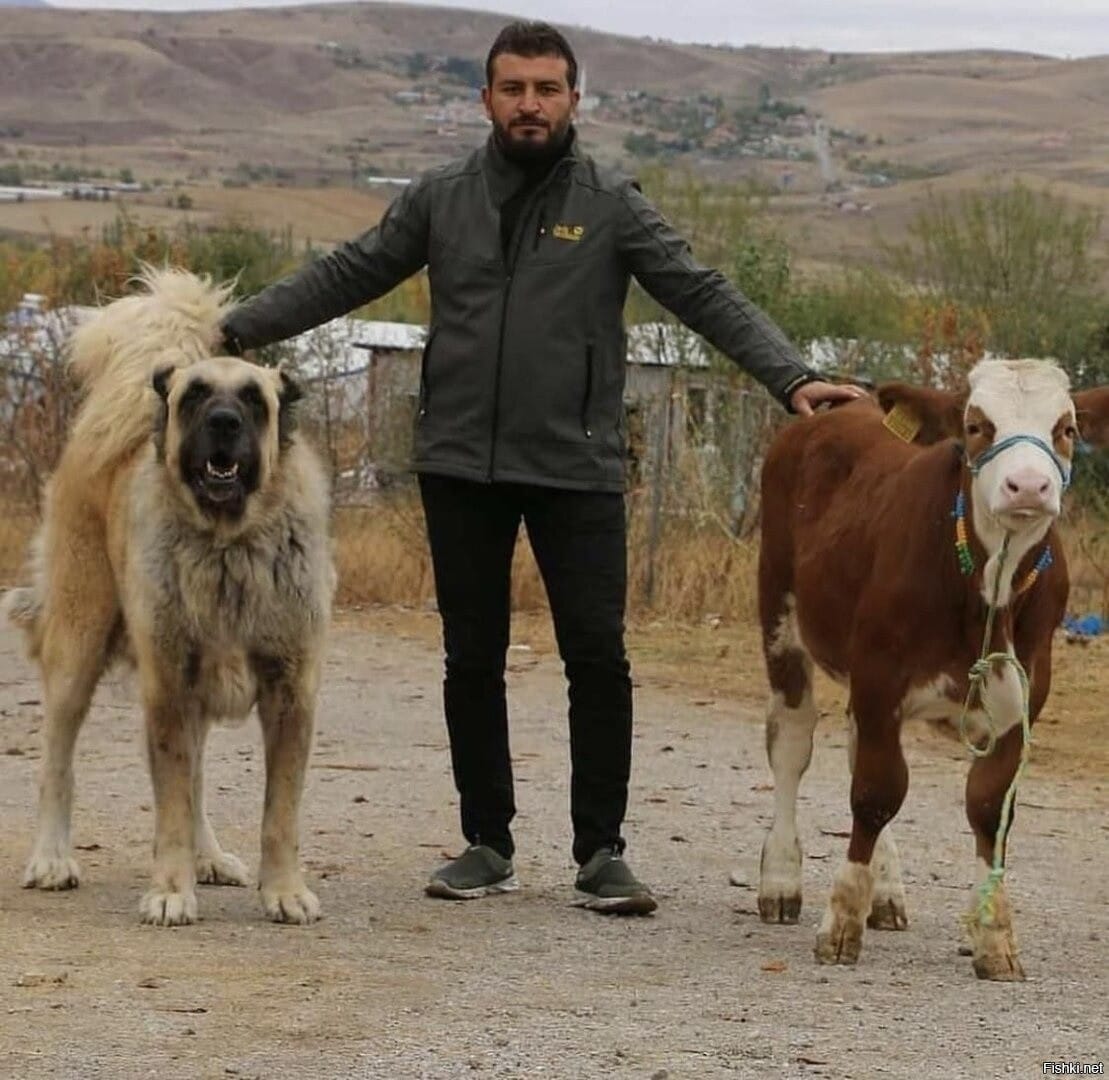
The nature of the Kangals
A breed that has served Turkish shepherds for centuries to protect their flocks from predators, the Kangal has an exceptional character. These are not just guards, but strategists who clearly know when and how to act. Kangals can patrol the area for hours or simply observe the situation, remaining ready for action. They have keen eyesight, smell and hearing, and are able to sense the presence of strangers or predators at great distances.
Despite this, dogs are extremely restrained and calm. Kangals are not prone to aggression without reason and know how to control their emotions. This level of self-control is characteristic of not all breeds.
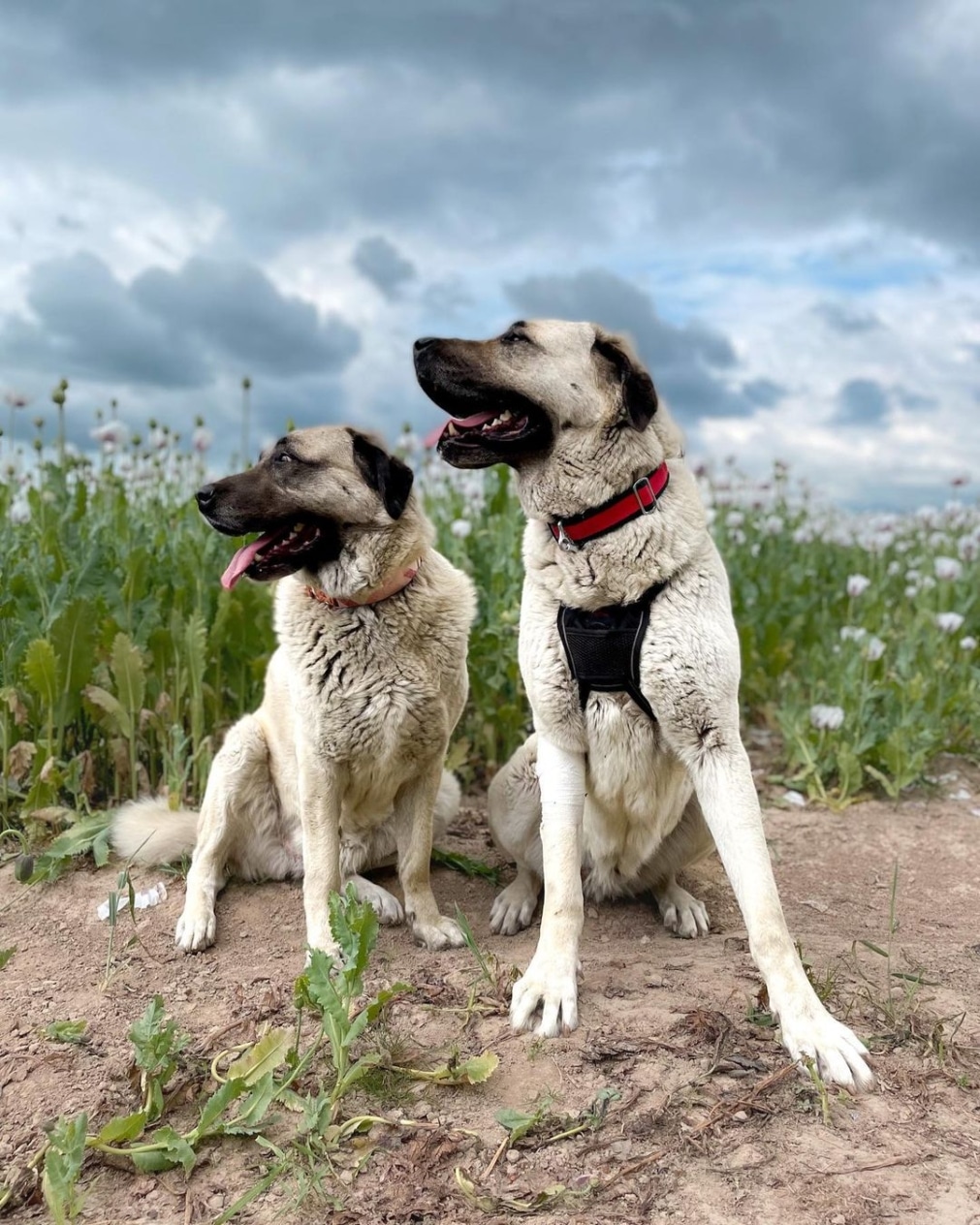
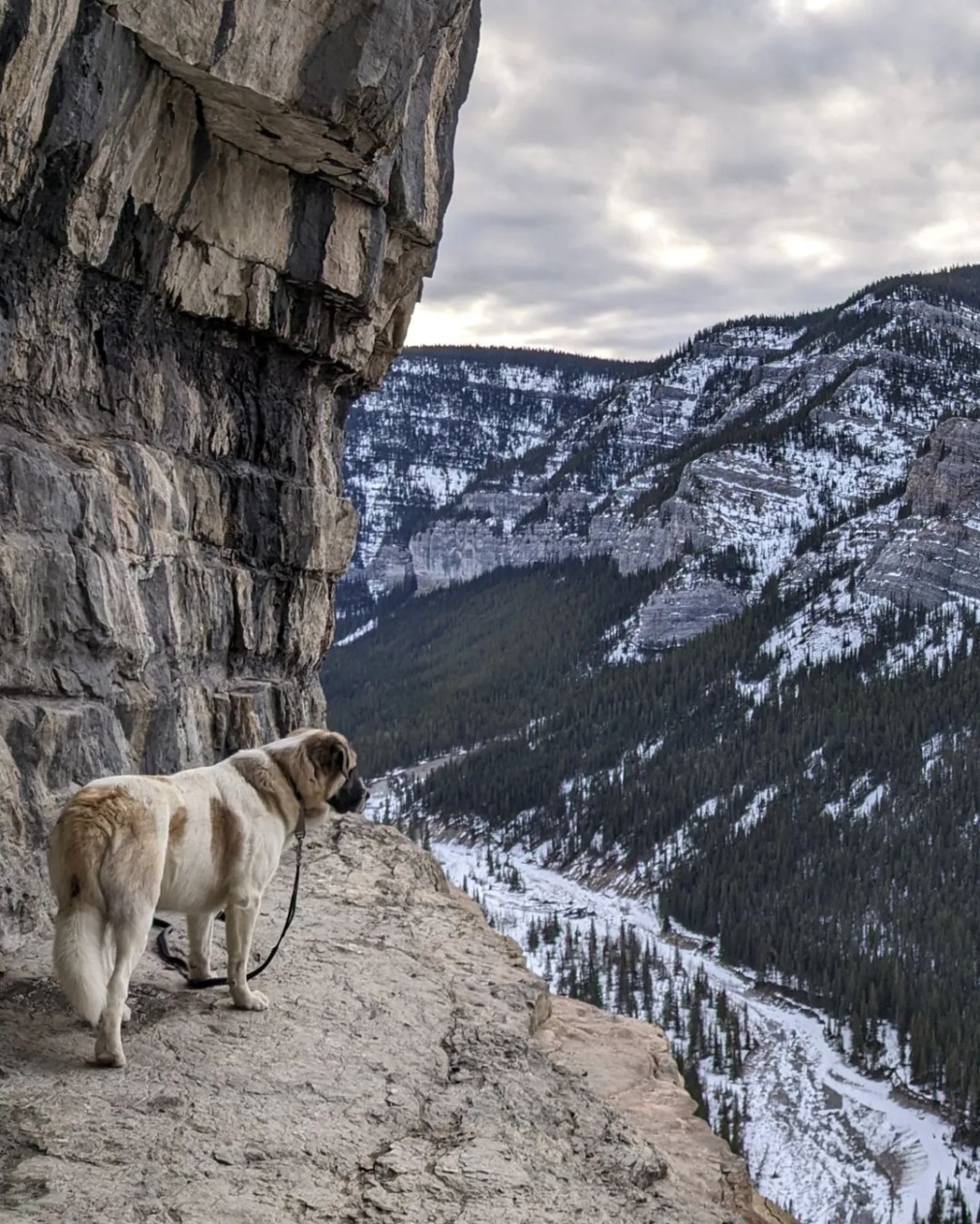
Education and socialization of Kangals
Kangals naturally have a sharp mind, protective instincts and the ability to make independent decisions. It is important for them to have calm and confident owners with a strong character who know what consistency, justice and patience are. This breed will ignore rude orders, but will easily obey clear and confident commands. Leadership in this case is built on the basis of trust, not coercion.
Considering the fact that kangals have protected shepherds with their flocks from danger for centuries, their socialization should be taken seriously. Without this, they can be aggressive towards anyone who does not belong to the family circle. If they are introduced from an early age to different people, animals and new places, Kangals will be balanced and confident.
Farmers pay special attention to this issue, and for good reason. As a result, dogs will see other animals as part of their pack and will protect them. In the territories of farms, you can often see how kangals behave in a friendly manner with sheep, goats, etc.
Health of Kangals
Natural selection and long-standing work as guardians of herds have created incredible resistance to climatic conditions and high immunity in Kangals. This is one of the reasons why their lifespan is quite long (on average 12-15 years). They rarely get infectious diseases, although they are not completely immune to health problems. Like most large breeds, Kangals are prone to joint dysplasia, obesity, and vision problems (cataracts, inward rolling of the eyelid).
To control weight and load on the joints, it is enough to choose a balanced diet rich in proteins and fats, devote some time to physical activities and visit the veterinarian regularly. The doctor will help solve problems situationally and prevent the emergence of new ones.
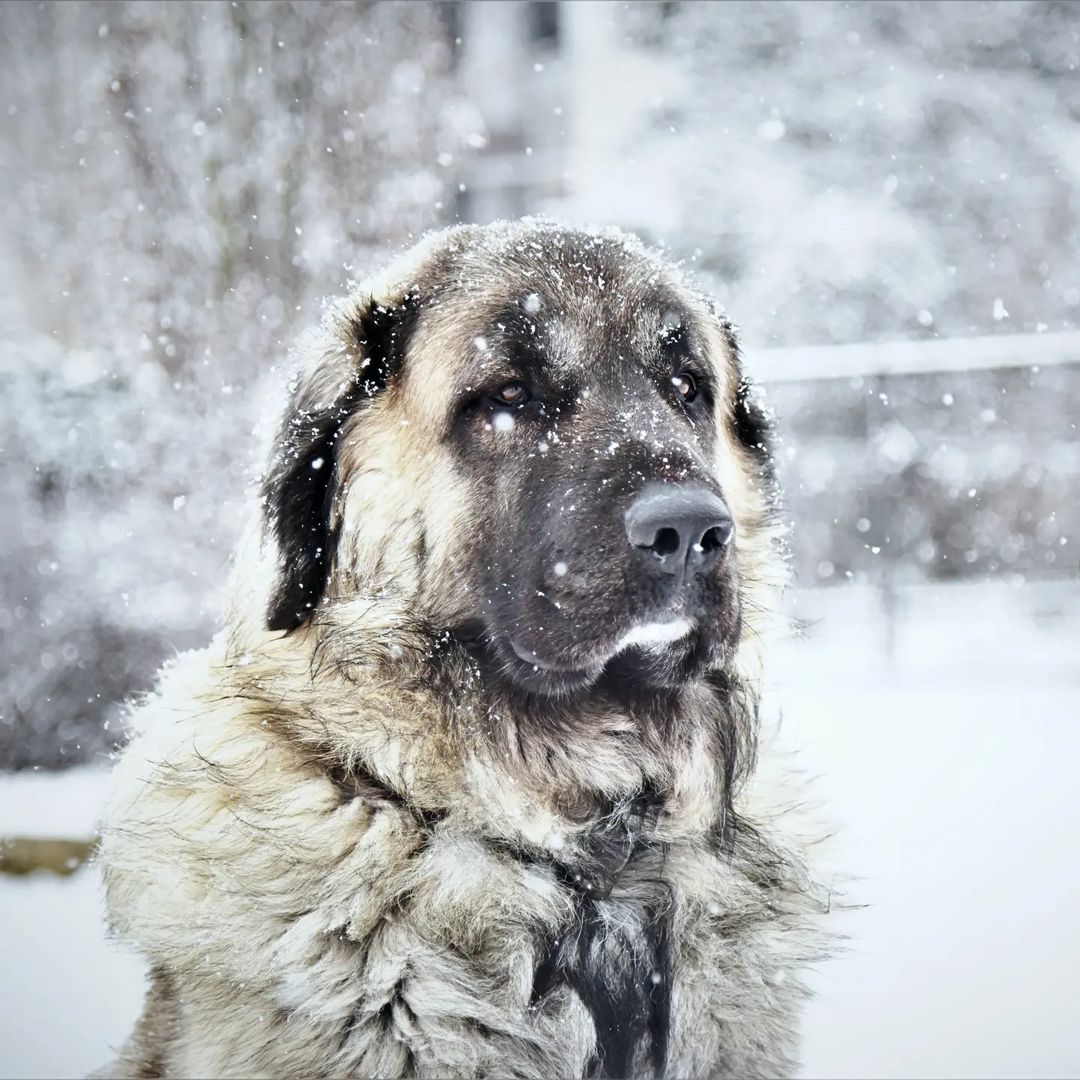
Ideal conditions for keeping kangals
The Turkish Kangal was created to live in nature, so he needs a large area where he can move freely and patrol a trusted area. The best conditions will be a large yard or a farm. These are not dogs for a small apartment.
They calmly endure winters with sub-zero temperatures and often choose to stay outside themselves, even when other dogs are looking for shelter. However, this does not mean that it is enough for the owners to give the kangals an area to control. Beautiful kennels with high-quality flooring and protection from strong winds will help dogs feel comfortable and with great pleasure protect their people.
Regarding heat, Kangals are adapted to high temperatures, but can still overheat if they are overly active during the hottest hours of the day. That is why it is important to provide them with shade, access to water and avoid physical activities during this period.
Grooming of Kangals
Kangalas require fairly simple care. And all thanks to practical wool. It is short, dense and rough to the touch, creating natural protection against dirt, moisture and weather conditions. During shedding periods, it is advisable to comb the coat 2-3 times a week. In normal times, once a week is enough.
Bath procedures are not a common thing. Several times a year, it is necessary to set aside half a day for bathing and drying the wool, make sure that no moisture remains on the hairs and use a powerful hair dryer or booster. It is not recommended to bathe Kangals more often, because you can easily wash off the natural oils that protect the outer surface of the body from many pathogens.
Claws tend to sharpen themselves during active movement, but should be checked regularly and trimmed as needed. In addition, an examination of the ears, eyes and teeth will prevent many health problems. It will take literally a few minutes.
The V.O.G DOG SALON network of grooming salons will be happy to help you take care of the Kangal’s appearance and provide recommendations to facilitate home care. To learn more about kangal grooming in our salons and kangal grooming prices in Kyiv, go to the page dog haircut.
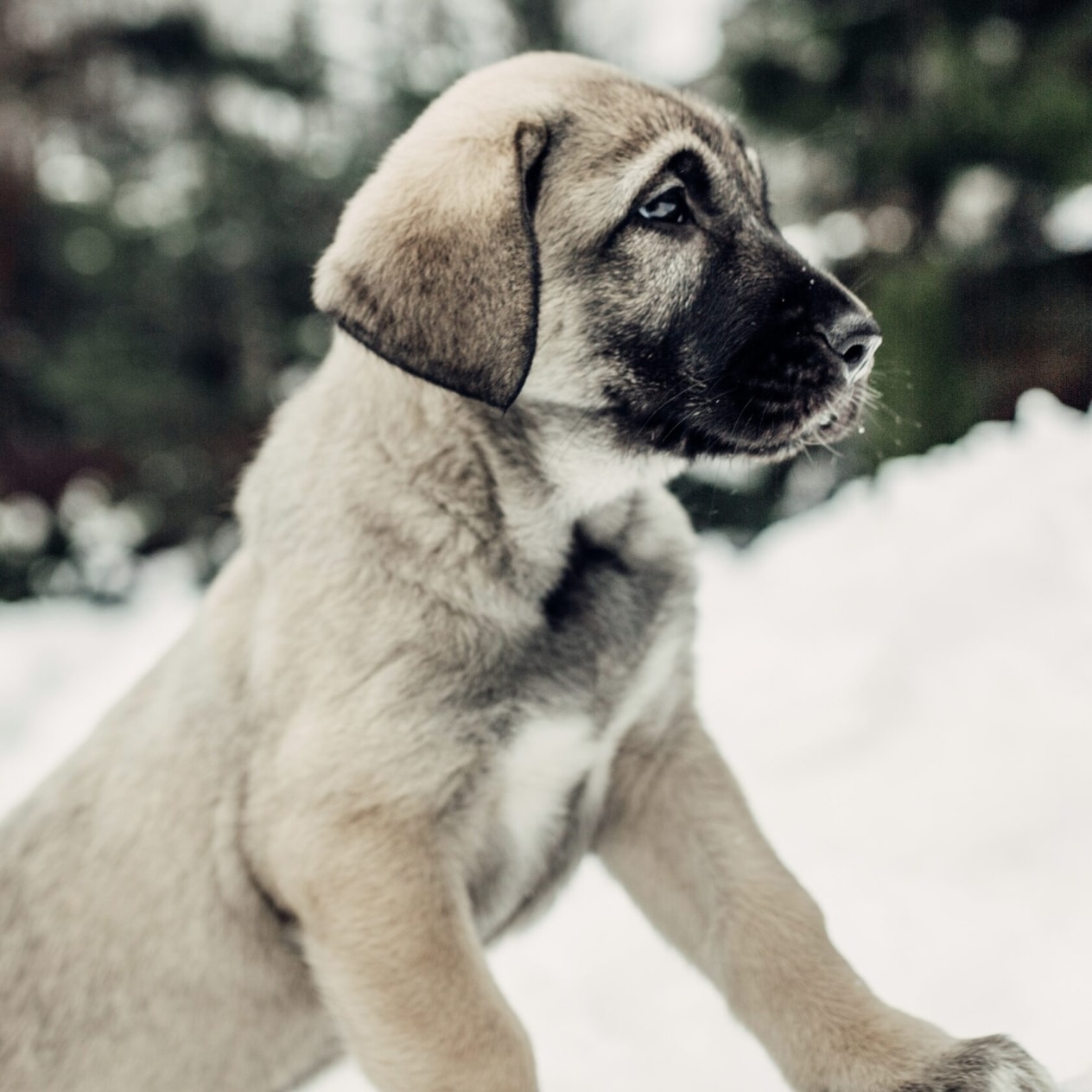
How to choose a Kangal puppy?
We already know that kangals will not suit everyone, and they need experienced owners. If a Kangala puppy is the first big defender in your family, you should think about additional training, consultations with a dog trainer even before replenishment. It is also worth making efforts to create conditions for the dog to live and take into account that an apartment is not the best option.
If everything is settled with the above, then you can take the Kangal puppy from the kennel from 8-12 weeks. It is not recommended to wean him from his mother earlier in order to avoid problems with adaptation and socialization. A reliable and qualified breeder will provide a description of each puppy, show the conditions of their keeping, documents on the parents. Also, he will not shy away from providing information about pedigree, examination of parents for genetic diseases and health certificates.
Be sure to take enough time to observe the Kangals, pay attention to their behavior and interactions. Puppies should be curious and confident, but not aggressive. The breed naturally has highly developed protective instincts, but at the same time confidence and poise.
And when you find your dog, look into his eyes and take him in your arms, be sure – with the right upbringing and your calm demeanor, the Kangal dog will be devoted to you all his life.

